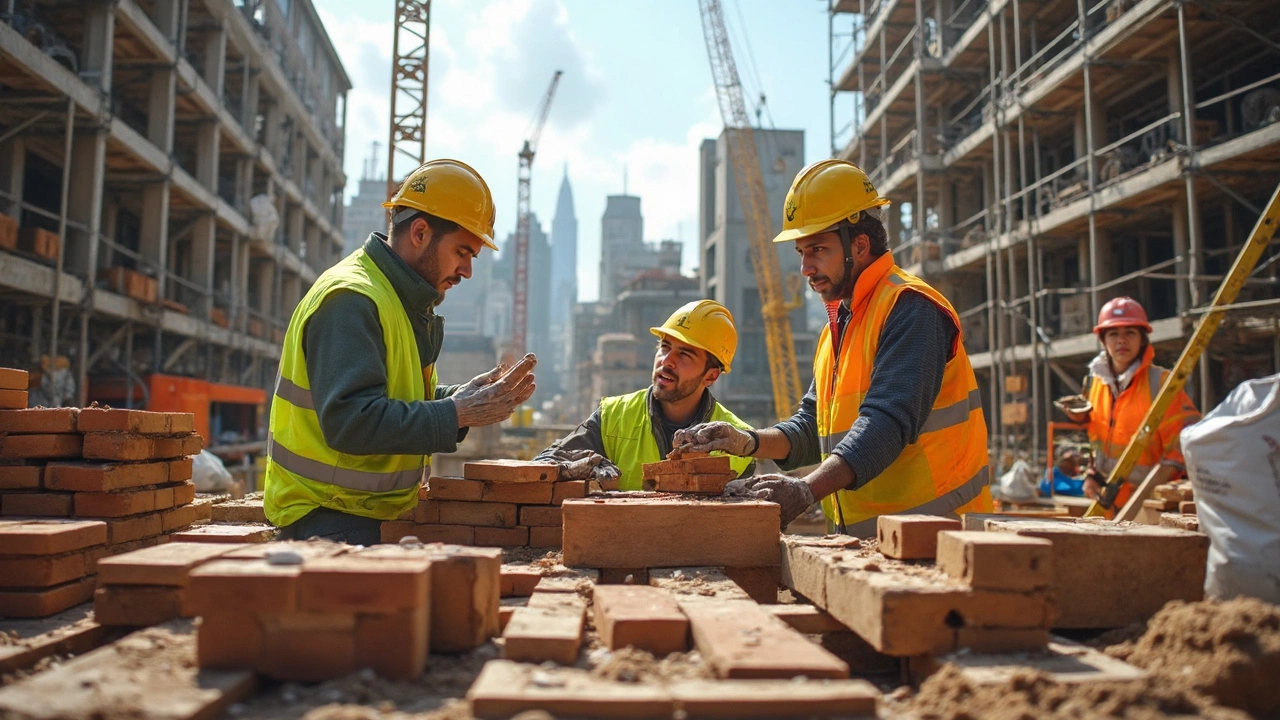Raw Materials: The Building Blocks of Great Flooring and Construction
When you start a flooring or building job, the first thing you pick is the raw material. It’s the stuff that turns a plain room into a strong, good‑looking space. Getting the right material makes the job easier, cheaper, and longer lasting. Below we walk through the most common raw materials, what they do, and how to choose the best one for your needs.
Common Raw Materials and Their Roles
Concrete. Concrete is the backbone of most floors, foundations, and walls. It’s a mix of cement, sand, gravel, and water. Once it hardens, it’s strong and fire‑resistant. For a garage or basement floor, concrete gives a flat, durable surface that can handle heavy loads.
Wood. Wood comes in solid planks, engineered boards, and plywood. Solid hardwood looks great but can move with humidity. Engineered wood has layers that keep it stable, making it a safe choice for most homes. Plywood is cheap and strong, perfect for sub‑floors and wall sheathing.
Steel. Steel is used for frames, beams, and reinforcements. It’s super strong and doesn’t rot. When you see a steel joist under a floor, it’s there to carry weight without bending. It’s also recyclable, which helps the environment.
Vinyl and Laminate. These are synthetic materials made from plastic or composite layers. Luxury vinyl plank (LVP) mimics wood or stone but is waterproof, so it works well in kitchens and bathrooms. Laminate is easy to install and cheap, but it can’t handle water as well.
Stone. Natural stone such as slate, marble, or granite adds a high‑end look. It’s hard and can last decades if sealed properly. Stone is heavy, so the sub‑floor must be strong enough to support it.
Choosing the Right Material for Your Project
First, think about the room’s use. A high‑traffic hallway needs a tough material like concrete, engineered wood, or LVP. A bedroom can get away with softer options like solid hardwood or carpet (if you plan to add carpet later, use a sturdy sub‑floor).
Second, consider moisture. Bathrooms, basements, and kitchens are prone to water. Waterproof options—LVP, ceramic tile, or sealed stone—avoid swelling and mold. If you love wood, choose a water‑resistant engineered product and add a vapor barrier.
Third, look at budget. Raw material cost varies a lot. Concrete and basic plywood are the cheapest. High‑end stone and solid hardwood are the priciest. A good rule is to spend a bit more on the material if it will save you money on repairs later.
Fourth, think about installation. Some materials need a professional—concrete pours, stone cutting, or steel framing. Others, like laminate or click‑lock LVP, can be DIY with the right tools. Choose a material that matches your skill level or be ready to hire help.
Finally, check the environment. Recycled steel, sustainably sourced wood, and low‑VOC vinyl are better for the planet. Many suppliers now label their products with eco‑certifications, making it easy to pick greener options.
Putting it all together, the raw material you pick sets the tone for the whole project. Start with the room’s purpose, weigh moisture and budget, match the material to your skill, and think about sustainability. When you get these basics right, the rest of the work—installation, finishing, and upkeep—becomes smoother and more rewarding.
5 Primary Raw Materials in Construction: Key Basics You Need to Know
- Gavin Whitaker
- |
- |
- 0
Wondering what basic materials go into any building project? This article clearly lays out the five core raw materials every construction worker, contractor, or home builder deals with every single day. Cut through the confusion about ingredients, sources, and key uses. You’ll get practical insights, surprising facts, and hands-on tips to help you make smarter choices for your next build or renovation. Perfect if you want to understand why these materials matter and what to keep in mind when selecting them.
View more